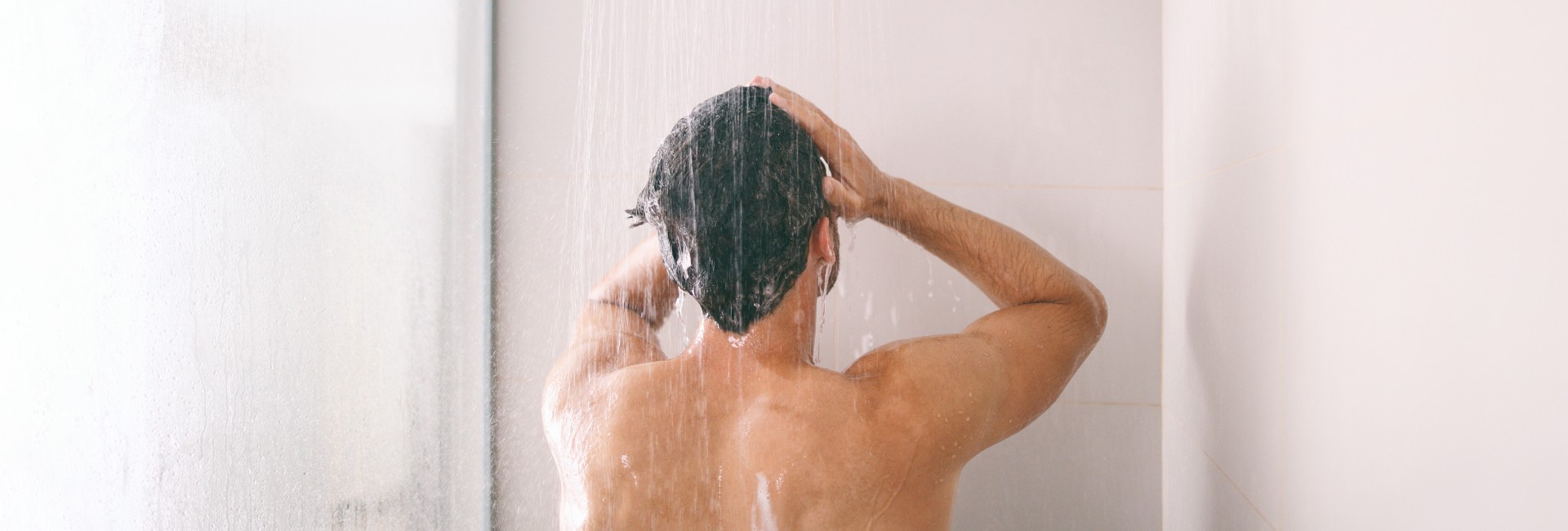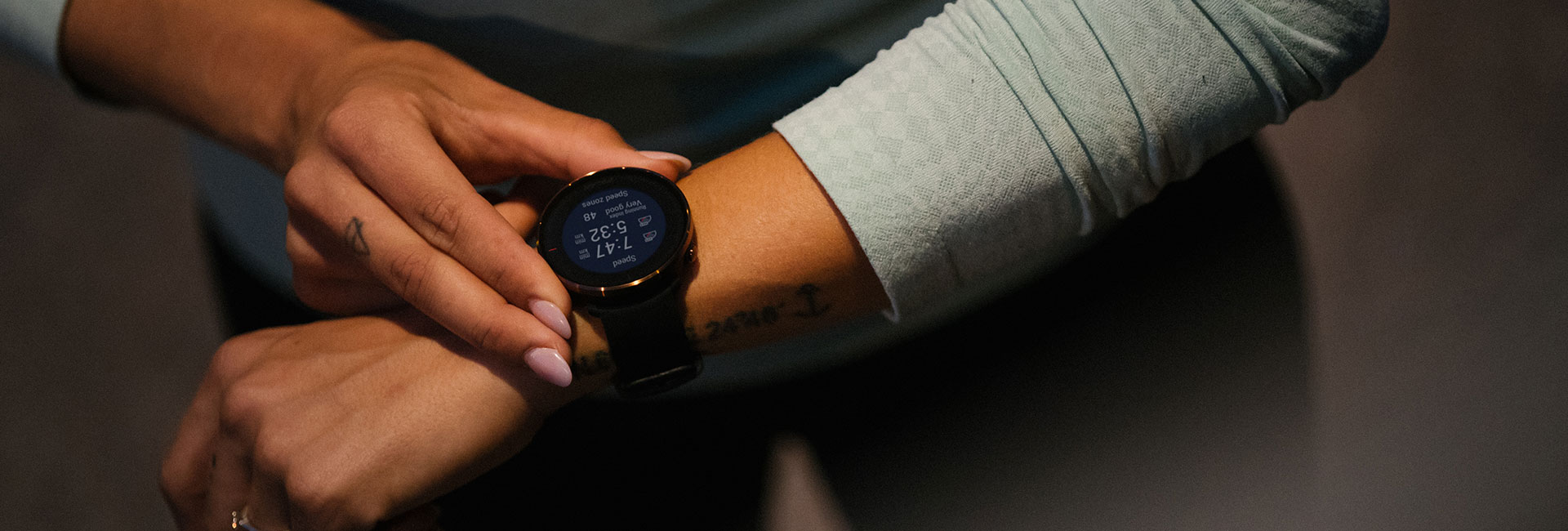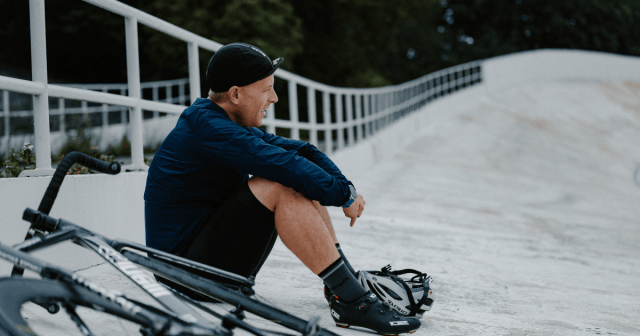What’s your workout recovery plan? A cool-down session? Gentle stretching? Lots of fluids? For some people, a cold shower or an ice bath is essential for how they bounce back after exercise. But what are the actual benefits of having a cold shower or any form of cold exposure? Here’s what the studies say regarding your rest and recovery.
What is cold exposure?
Anyone who has heard of The Iceman, Wim Hof, will know that the Dutch extreme athlete and motivational speaker is a massive advocate for the benefits of cold exposure. This practice can take many forms, including the following.
Cold showers
The easiest way to immerse yourself in cold water. There’s no ideal temperature for a cold shower – make the water as chilly as you can handle. Add a blast at the end of your warm shower, or go all in for freezing from the start.
Ice baths
A form of cold water therapy that involves immersing yourself in a tub, barrel, or another container of icy water for a short period. The idea is to settle into the water, focus on your breath and find a calm flow state. The ideal temperature for an ice bath is between 35-60°F (2-16°C).
Cold water swimming
Popular in Nordic countries and other places with cold climates, swimming outdoors is a natural way to immerse yourself in cold water and reap the potential benefits – while also getting a workout. This activity is a popular way to try cold exposure, from wild swimming in rivers and lakes to taking a wintery dip in the ocean. There’s no way to control the temperature here, but often the season will dictate how cold the water is. Always take safety precautions such as swimming with a friend and acclimatizing yourself (perhaps with cold showers) first.
Cryotherapy
A recent form of cold therapy available at gyms, spas, and wellness centers. Cryotherapy chambers are chilled using liquid nitrogen, nitrous oxide, or argon gas to reach a freezing temperature, usually around -129°C (-200°F). Like cold baths, this process only takes a couple of minutes and is again an excellent opportunity to focus on your breath and try to access a ‘flow’ state.
It’s a good idea to speak to your doctor or health practitioner before trying a form of cold exposure, especially if you have an underlying health condition related to your heart or blood pressure. Also, be prepared to warm your body up again, such as a towel, dry clothes, and a warm drink.
Cold shower benefits: the science
When cold water hits our skin, we all know it’s like a jolt to the body, suddenly causing us to feel very alert and awake. Yet, many claim there are also more significant benefits from having a cold shower or trying a form of cold exposure. It has a host of reported benefits, from boosting your immunity and circulation to brightening your skin.
However, there still needs to be wider-ranging studies done to test these suggested health benefits. Here’s what some of the studies to date have revealed.
Immunity
One of the most significant studies to explore the potential benefits was a 2016 trial involving over 3,000 people in The Netherlands. It focused on the effects of cold showers on sickness, quality of life, and work productivity. The participants added a cold blast of a set length (30, 60, or 90 seconds) to the end of their daily warm shower during the winter months. The results saw a 29% reduction in sickness absence from work.
Mental health
A small 2008 study by the Virginia Commonwealth University School of Medicine suggested that regular cold showers could have an anti-depressive effect. This study also observed that the cold exposure had a significant pain-relief effect, boosting the participants’ overall mental health and wellbeing.
General wellbeing
A four-month Finnish study of cold water swimming found that participants were more energetic and active. Regular swimming sessions also reduced pain associated with conditions such as rheumatism and fibromyalgia.
Cold shower after a workout
The most prominent champions of cold exposure are those who lead very active lifestyles. Some famous athletes reportedly have ice baths in their homes, and it’s not unusual to find cold tubs and cryotherapy chambers at your local fitness center.
So, why are people keen to have a cold dip after their workout? A 2014 review of various studies found that cold water immersion could not only relieve any soreness and inflammation within the body but would also give pretty much every system in your body an invigorating boost. This benefit makes a cold shower after a workout an excellent opportunity to enhance the endorphin rush from your exercise session while also potentially mitigating the muscular aches and pains that sometimes follow your training.
It’s interesting to note that a 2017 clinical trial found that cold water immersion was just as effective as active recovery after an intense workout. So, having a light swim, walk or stretch will probably do about as much to reduce inflammation in your body after resistance training as a cold shower will. Just do whatever feels good to you.
Cold showers and sleep
Taking a cold shower an hour or two before bed may be a little too stimulating to assist with your preparations for sleep. Immersing yourself in cold water causes an increase in cortisol and norepinephrine levels in your body – boosting your alertness and your fight or flight response. This effect means your body is ready for action, not for sleep.
A warm shower or bath before bed has the opposite effect and, according to a 2021 study from Nara Medical University School of Medicine in Japan, can help you to fall asleep faster in the evenings. However, as we’ve seen above, a cold shower can potentially help athletes to ease soreness in muscles, which may, in turn, help them to have a better night’s sleep.
How to get used to cold showers
For some people, turning up the cold at the end of their daily shower can be an enjoyable blast for their bodies. Even the idea of a cold shower can give others the chills, even before they’ve taken the plunge.
If you want to reap the benefits of a cold shower but are unsure how to get comfortable with it, then the best way is to take it slowly. Start by lowering the temperature of your shower slightly for the last few minutes. It doesn’t have to be super cold, just a little milder. Then, over time, you can gradually increase the chilly blast, making it something you have become accustomed to.
It’s also important to remember that you don’t need to have a long cold shower every day to reap the benefits. You only need to turn up the chill factor for two to five minutes around three times a week to reap any rewards.
If you liked this post, don’t forget to share so that others can find it, too.
Or give it a thumbs up!
I like this article
Please note that the information provided in the Polar Blog articles cannot replace individual advice from health professionals. Please consult your physician before starting a new fitness program.





